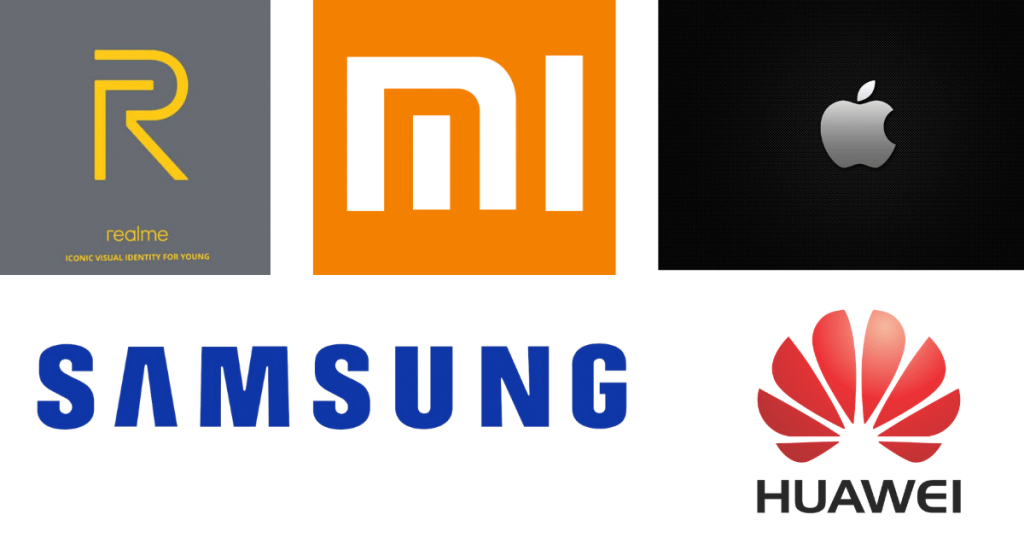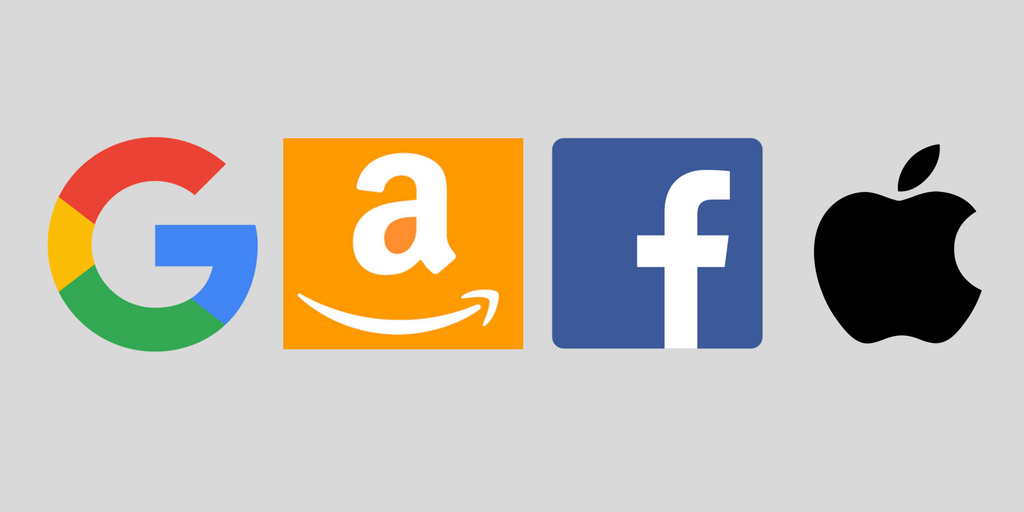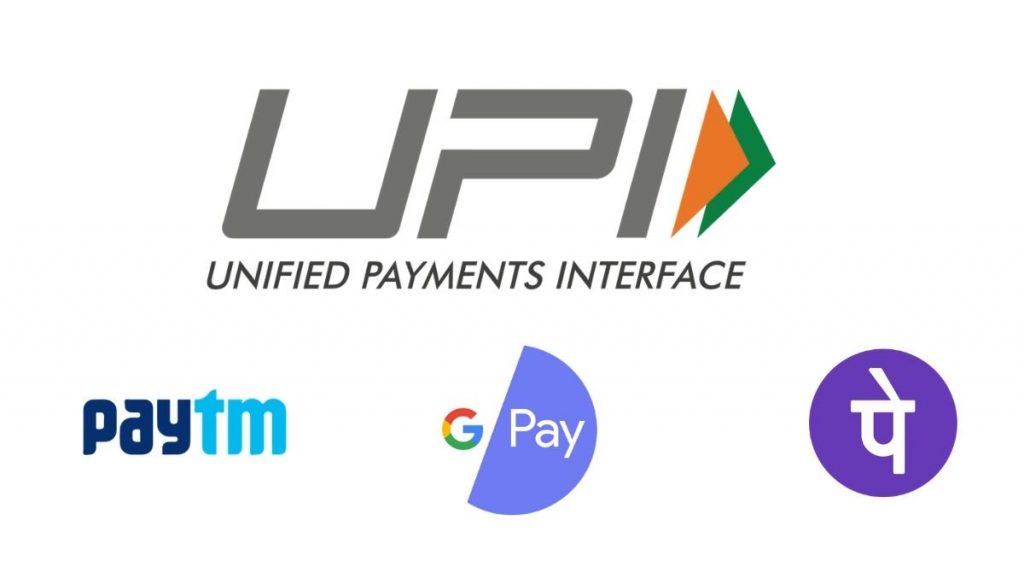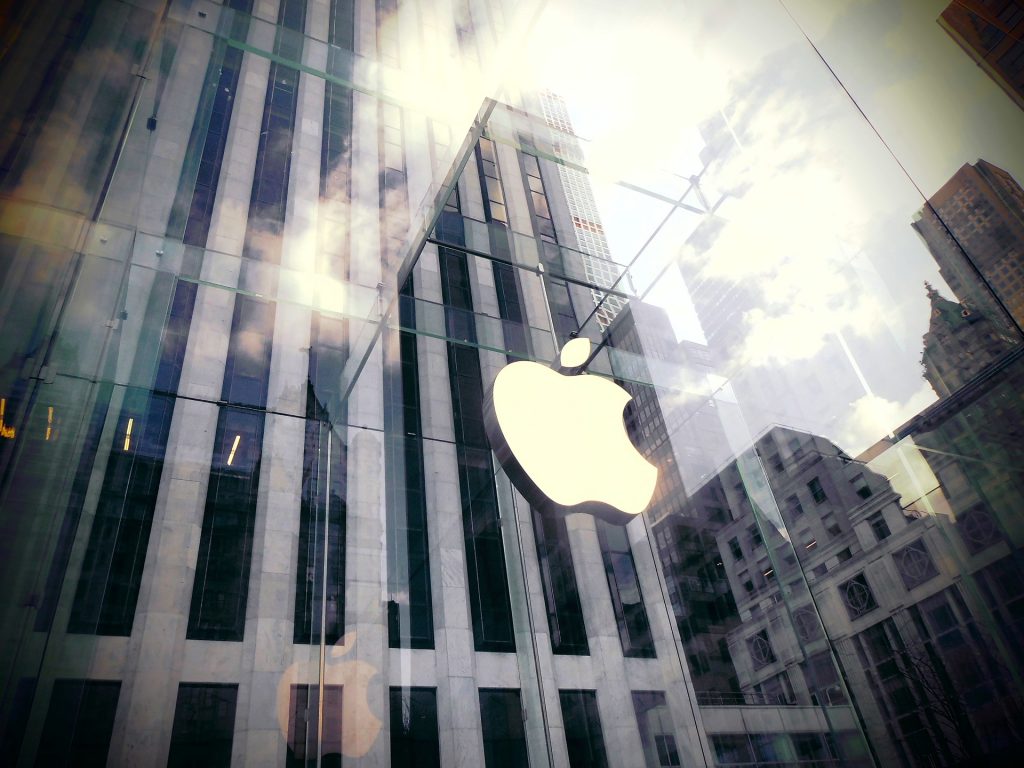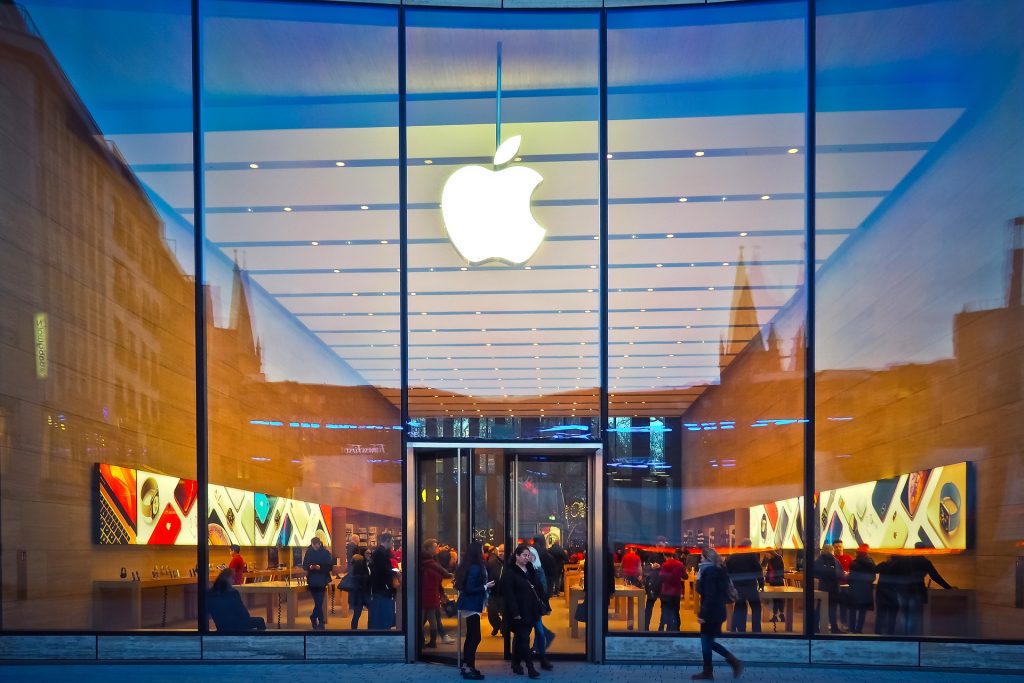A Quick Look at the New Features Coming to Android Devices Like Google Pixel
Google recently announced its December update for its Pixel devices. Several updates and features that have been added to this roll-out will also be available for other Android devices, such as the Pixel 3. However, some of the features have been introduced exclusively for the Pixel 4a and Pixel 5. Since Indians have access only to the Pixel 4a, enthusiasts have been patiently awaiting this announcement to see what new features they will be gaining next year. Let us now take a look at all the new features announced and what value it adds to smartphone users in India.
Google Pixel Features Galore
Some of the new features that have been added to the Android devices include Extreme Battery Saver, Contextual translation, and Home Screen Customisation. All these features will be available on the Pixel 4, Pixel 3a, and Pixel 3, all of which are sold in India. Let us now take a closer look at all the features announced by Google.

Extreme Battery Saver: Helps by limiting the usage of battery to only a few handfuls of essential apps. The feature will enable the device’s battery to last longer than ever imagined before helping users who always run out of power mid-meeting.
Duo Screen Share: This feature is an absolute necessity during this COVID-19 pandemic, wherein people are conducting all business meetings online. It allows users to share their screens and windows while taking Duo calls, helping make meetings a lot more organized and coordinated.
Enhanced Google Lens: The Google Lens update allows it to help users by translating to their native language if needed. All users have to do is take a screenshot of whatever they need to translate by swing up to the recent app’s overview, making traveling a lot easier than ever before.
Playlist Export: This interesting new feature will allow you to store the tracks you listen to while driving or waiting in line in the supermarket. Since Google Music will soon become obsolete, the device will allow users to export their Now Playing playlist to YouTube music, helping make all our lives easier.
Home Screen Customisation: A prominent Android feature, such high levels of customization allow users to make their device a true expression of themselves. The new update enables users to change their icon shapes, app shapes, and grid views. It also introduces new wallpapers through Google Arts and Culture. Pixel devices will also have a slew of new and original Mandalorian wallpapers which all Star Wars fans will appreciate and truly enjoy.
Hold for Me
The new Hold for Me feature allows users to enable the Google Assistant to stay on the line when they are busy with other calls. The Assistant stays on the line patiently and informs the other person when someone is ready to take the call and talk. This feature can be quite useful to entrepreneurs who have to take hundreds of business calls every day. However, this feature will be limited to devices sold and used in the USA.
Android Updates to Watch Out For
Some of the other features that all Android users will be able to enjoy after the December update are as follows;
- The Emoji Kitchen is getting a major revamp and will now feature over 14,000 unique designs. Users will now have the option of tapping on two emojis and creating a slew of different combinations. The Gboard will display suggestions of combinations or extreme versions when users either tag or double-tap a particular emoji. This feature will be available on all devices that have Android 6 or higher and unique holiday season stickers will soon go live on Google Play.
- To assist the differently-abled, the Voice Access will feature new commands. Some of the new actions include ones to open Photos, start a Search, or open your Map among others. The feature is expected to help make navigation more comfortable than ever before and will run on all devices that have Android 6 or higher.
- Google Maps will now allow users to pin their favorite destinations and routes with the new Go tab. Hence, all users can now receive real-time Estimated Time of Arrivals to their favorite coffee shop or office at all times. The feature will extend to public transport services and will feature multiple routes to all destinations, and will also be available on iOS devices.
Additionally, the Nearby Share feature will allow users to share their apps with devices without Wi-Fi or cellular data. All users have to do is click on Share Apps via My Apps and Games and then choose the apps they wish to share. Once the receiver taps on Accept, they will receive all the apps selected. Most of these features will be available to most Pixel models including;
- Pixel 3
- Pixel 3 XL
- Pixel 3a
- Pixel 3a XL
- Pixel 4
- Pixel 4 XL
- Pixel 4a
- Pixel 4a 5G
- Pixel 5
It will be interesting to see when these new features will drop, and how fans will rate them based on functionality and ease of use.

Being a cinephile with a love for all things outdoorsy, Athulya never misses a chance to chase inspiring stories or poke fun at things, even when the subject is herself. Currently pursuing a degree in mechanical engineering, she is someone innately interested in technical and scientific research. Music reviews and op-eds define her as they allow her to explore different perspectives. Though sometimes she thinks she makes more sense playing the guitar than she does while writing.

